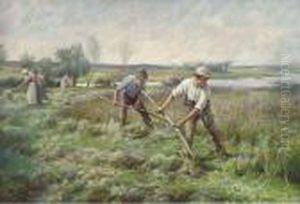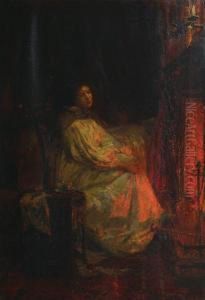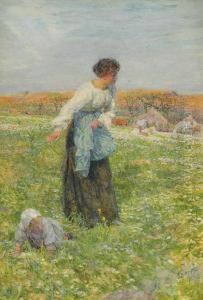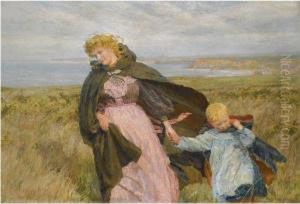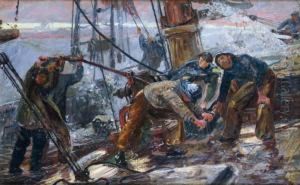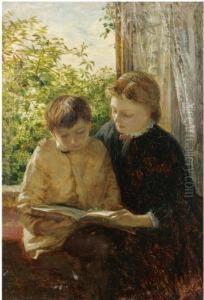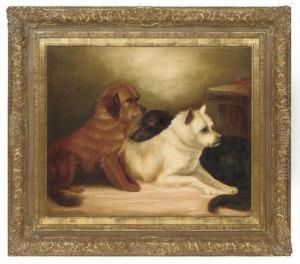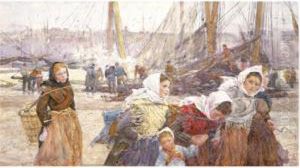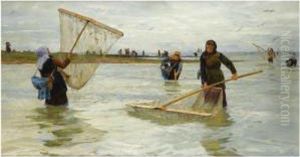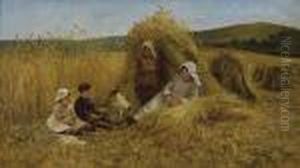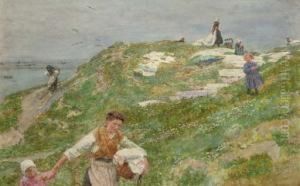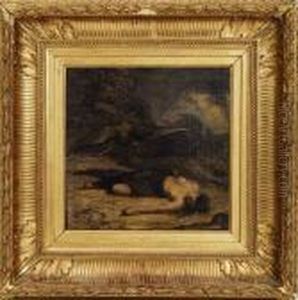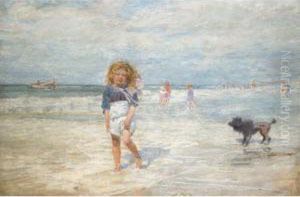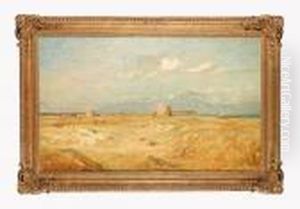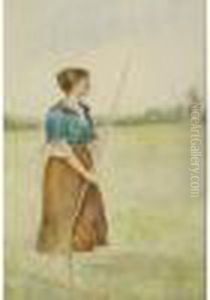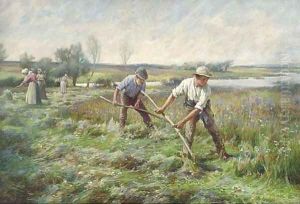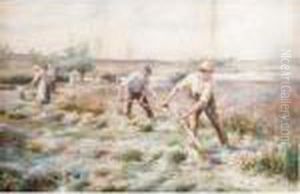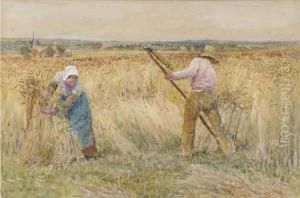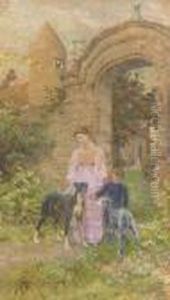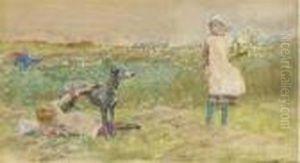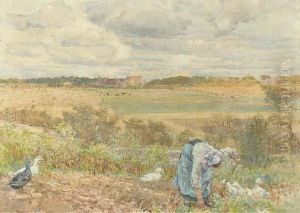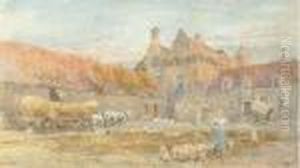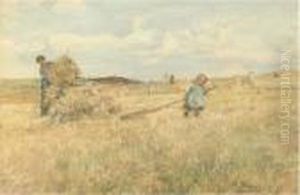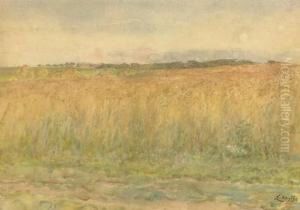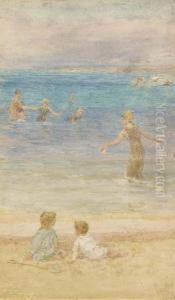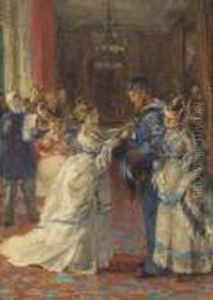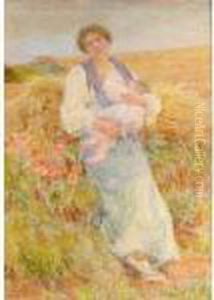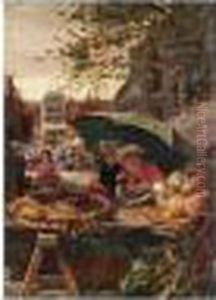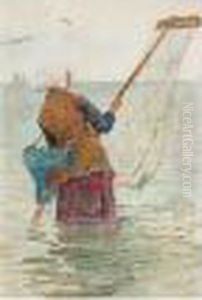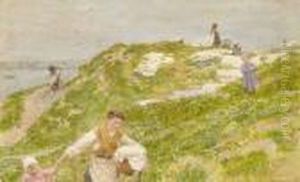Lionel Percy Smyth Paintings
Lionel Percy Smythe was a British artist known for his landscape and genre paintings. Born on September 4, 1839, in London, Smythe developed an early interest in art, which was encouraged by his father, a colonial administrator. He began his formal art education at the Heatherley School of Fine Art in London and later continued his studies at the École des Beaux-Arts in Paris.
Smythe's early career was influenced by the French plein-air painting tradition, and he became associated with the Barbizon School, a group of artists who focused on realistic and often pastoral landscapes. He was particularly inspired by the works of Jean-François Millet and Camille Corot, whose approach to capturing the effects of light and atmosphere had a lasting impact on his style.
In 1879, Smythe was elected an Associate of the Royal Watercolour Society, and he became a full member in 1892. His work was characterized by a delicate touch and a keen observation of rural life and landscapes. Smythe often depicted the countryside of Kent and the coastlines of Cornwall and Brittany. He was adept at both watercolors and oils, and his paintings often conveyed a sense of tranquility and harmony with nature.
Beyond his painting career, Smythe also had an interest in teaching and was known for his writings on art. He contributed articles to various art journals and shared his knowledge through lectures and demonstrations. His works were exhibited widely during his lifetime, including at the Royal Academy in London, and he garnered a respectable following among art collectors and enthusiasts.
Lionel Percy Smythe's contributions to art were recognized with several honors. He was awarded a gold medal at the Paris Salon in 1891 and was appointed a Knight of the Legion of Honor by the French government in 1906. He continued to paint throughout his life, and his work remains part of the collections of various museums and galleries.
Smythe passed away on July 13, 1918, leaving behind a legacy as a skilled landscape painter who bridged British and French artistic traditions. His paintings capture a bygone era with a sense of romanticism and a deep appreciation for the natural world.
